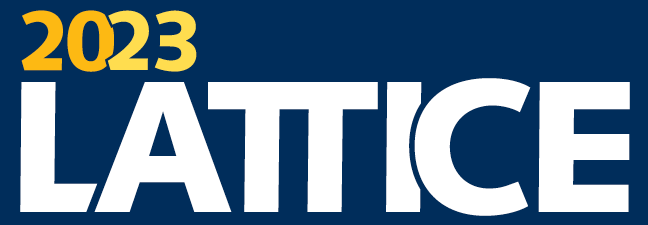Speaker
Description
I will highlight existing limitations of the current architecture of Normalizing flows as applied to the generation of lqcd samples. From the Geometric Deep Learning perspective, existing architecture utilized the most basic features - invariant quantities that correspond to isotropic filters. In order to establish an expressive flow model transforming base distribution to target, I will formulate an equation and demonstrate the necessity of incorporating equivariant features. Furthermore, I will delve into the algorithm that enables us to identify approximate solutions and approach analytic trivialization. The limitations associated with coupling transformations will be discussed, emphasizing the need for a hierarchical model to attain an exact solution. Lastly, I will elucidate how the analysis of flow equation leads us to consider geometry. From a geometric standpoint, it is argued that trivializing 2D SU(3) gauge theory is relatively straightforward, while the presence of geometrical "defects" in 3D and 4D scenarios significantly complicates the process of trivialization.
| Topical area | Algorithms and Artificial Intelligence |
|---|
